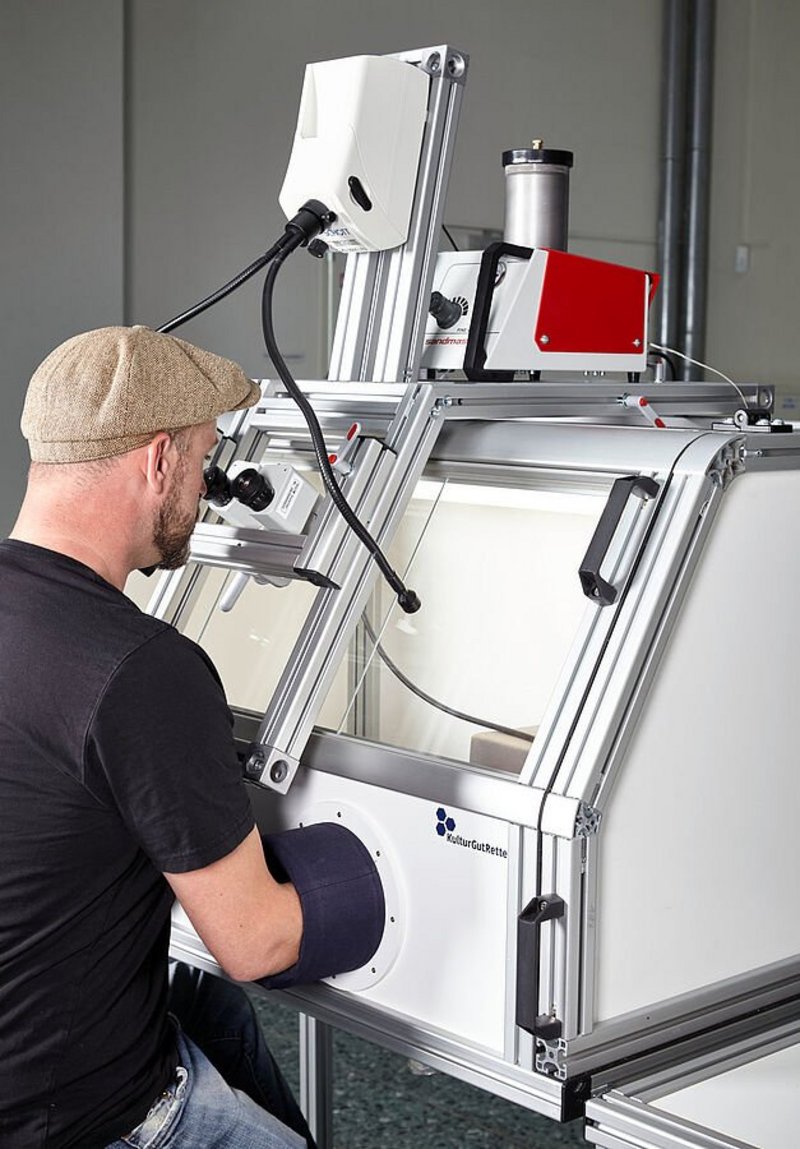Overview
As part of the KulturGutRetter project, restoration and conservation experts are testing and developing a multi-functional, scalable and transportable system for rescuing cultural assets after disasters. The mobile laboratory enables the necessary initial treatment of mobile cultural assets in crisis areas. In an emergency, a large number of damaged artefacts can be serially conserved in the shortest possible time. The development of these special tables is an essential part of the KulturGutRetter project and of the deployable Cultural heritage Response Unit (CHRU). The rescue modules and the associated scientifically based minimal standard procedures, basic standards and workflows are being developed at the Leibniz Centre for Archaeology (LEIZA), formerly the Romano-Germanic Central Museum (RGZM).
The universally deployable tables can be set up quickly. In a defined process chain, the affected cultural artefacts are first registered on-site, cleaned and prepared for transport and storage based on research-based emergency concepts.



